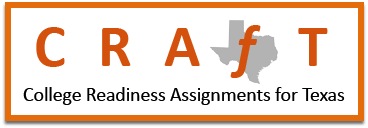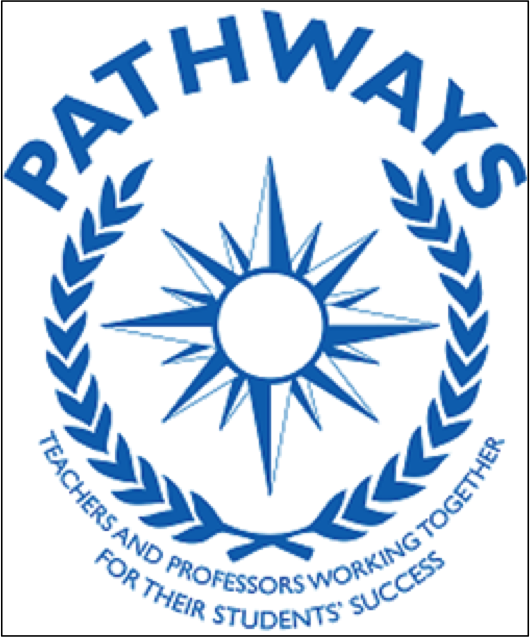II. Diverse Human Perspectives and Experiences
| |
A. Multicultural societies
1. Define a “multicultural society” and consider both the positive and negative qualities of multiculturalism.
a. Consider whether the United States is a multicultural society and whether multiculturalism is compatible with the principle, “One nation under God.”
b. Compare the experience of American multiculturalism with that of other countries with long experiences of immigration..
c. Analyze the sources of violent cultural conflict in several countries and assess whether these cultural differences can be resolved peacefully.
2. Evaluate the experiences and contributions of diverse groups to multicultural societies.
a. Describe the contributions of various immigrant groups to the culture of the United States.
b. Trace the growth of minority religious populations in various regions of the world and examine their impact.
B. Factors that influence personal and group identities (e.g., race, ethnicity, gender, nationality, institutional affiliations, socioeconomic status)
1. Explain and evaluate the concepts of race, ethnicity, and nationalism.
a. Explain how the concepts of race and ethnicity have evolved in the United States and consider where we stand in regard to becoming a “color-blind” and “hyphenless” nation.
b. Evaluate the concepts of “assimilation” and “acculturation” and determine the impact of each on efforts to preserve American identity.
c. Explain how national identity is distinct from both racial and ethnic identities and consider whether it is possible to hold multiple identities simultaneously.
d. Analyze how national identities are likely to be affected by globalization.
2. Explain and evaluate the concept of gender.
a. Trace changes in notions of gender in U.S. history and explain how those changes have led to the expansion of women’s roles.
b. Compare and contrast economic opportunities for women in various regions of the world.
3. Analyze diverse religious concepts, structures, and institutions around the world.
a. Explain similarities and differences between Judaism, Christianity, and Islam.
b. Use maps to show how religions have diffused across time and space.
c. Describe the roles that different religious groups played in the founding of the United States.
4. Evaluate how major philosophical and intellectual concepts influence human behavior or identity.
a. Trace the origins of philosophical concepts such as freedom of religion, inalienable rights, and the pursuit of happiness, and analyze their influence in the founding of the United States.
b. Identify and explain the founding philosophical concepts of various countries and societies.
c. Evaluate the influence of the Protestant Ethic on various countries, including the United States.
5. Explain the concepts of socioeconomic status and stratification.
a. Define the concept of class and consider its relationship to race and ethnicity in American history.
b. Describe the impact of poverty on various measures of economic and social success (e.g., education, social mobility, access to health care).
c. Define the concept of caste and analyze its legacy in various societies.
6. Analyze how individual and group identities are established and change over time.
a. Explain how certain religious, political, and philosophical traditions have shaped American identity over time.
b. Create a visual presentation that demonstrates the changing depiction by the media of social identities.
c. Analyze how various court decisions or governmental initiatives have shaped individual or group identities over time


 Show Printable Version
Show Printable Version




